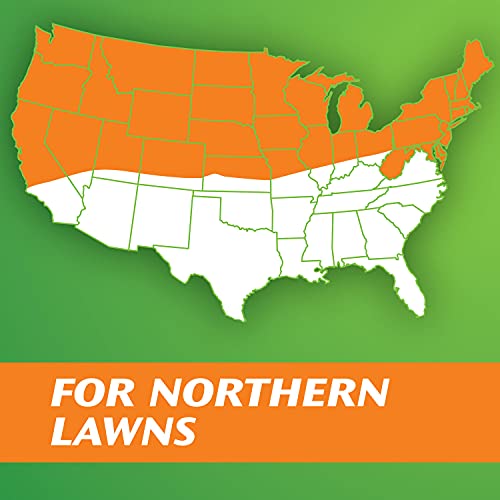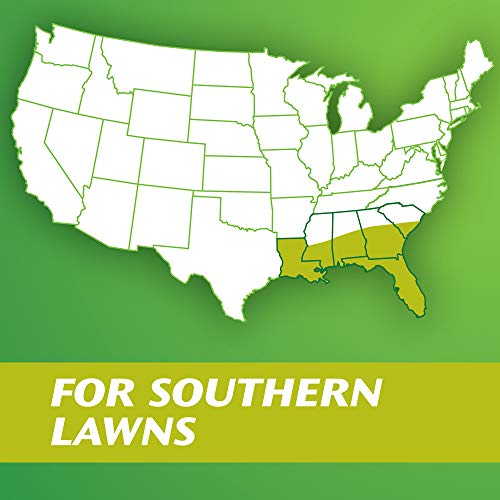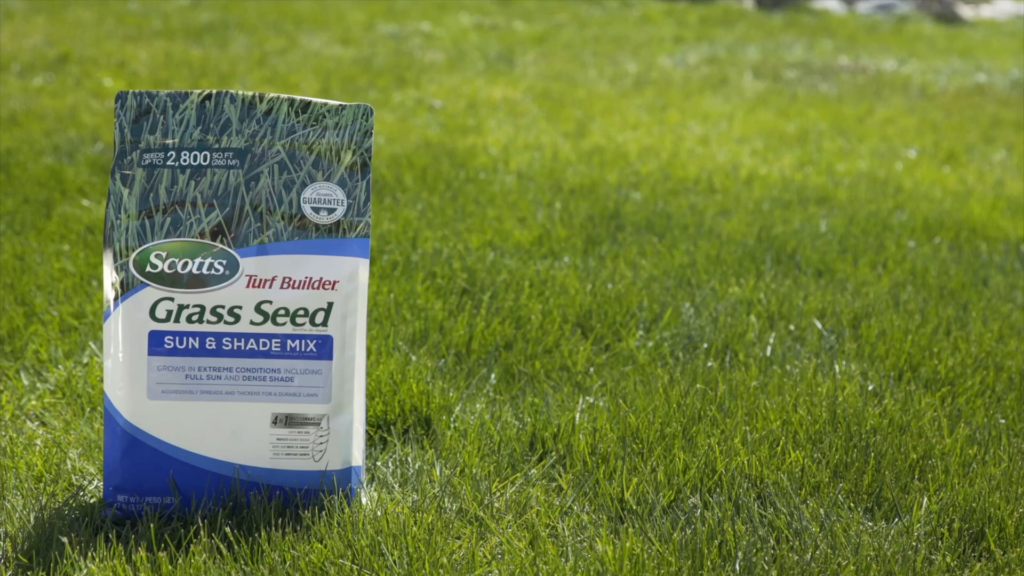Grass is an essential element of the natural habitat of most people on the planet. It is widely used everywhere for its many benefits. Grass is used for landscaping, playing fields, pastures, lawns, golf courses, and parks. There are many different types of grasses found throughout the world. The different types of grass differ in their appearance, versatility, and suitability for different environments.

The first common type of grass is the cool-season grass. They grow faster and require more water and maintenance than most other types of grasses. Cool-season grasses, like bluegrass, ryegrass, and fescue, produce a deep green color and thrive in temperatures between 60 and 75 degrees Fahrenheit. These grasses are commonly grown in northern areas with cooler temperatures.

Bluegrass, ryegrass, and fescue are all types of grass that are commonly used in agriculture, landscaping, and sports turf. Each has distinct characteristics that make them ideal for different applications and environments. Understanding the differences between these grasses can help you choose the right type for your needs.
Bluegrass is a cool-season grass that is popular in the Northern United States for its ability to grow well in cold weather. It has a fine texture and is known for its beautiful blue-green color. Bluegrass is often used for lawns, parks, and golf courses because of its dense growth and ability to recover from frequent mowing. It requires regular watering and fertilizing to thrive.
Ryegrass is another cool-season grass that is commonly used for sports fields and landscaping. It has a fast germination rate and can tolerate heavy foot traffic, making it ideal for high-use areas. Unlike bluegrass, ryegrass does not require a lot of water or fertilizer to grow well. It has a coarser texture than bluegrass and is typically used in overseeding programs to provide temporary green cover during the winter months.
Fescue is a family of cool-season grasses that includes tall fescue, fine fescue, and creeping red fescue. These grasses are typically used in areas with drier climates, such as the Pacific Northwest and the Midwest. Fescue is known for its drought resistance and tolerance of shade, making it a popular choice for low-maintenance lawns and landscapes. It has a coarser texture than bluegrass and is not as tolerant of heavy foot traffic.
In conclusion, knowing the differences between bluegrass, ryegrass, and fescue is important when choosing the right grass for your lawn, park, or sports field. Bluegrass is ideal for cold environments and requires regular maintenance, while ryegrass is ideal for high-traffic areas and requires less water and fertilizer. Fescue is a great choice for dry climates and shaded areas but is not as tough as other grasses. Careful consideration of the characteristics and needs of each type of grass can help you choose the one that is right for your specific situation.

On the other hand, warm-season grasses thrive in hotter climates. Bermuda, zoysia, and centipede grass are a few examples of warm-season grasses. They are drought-resistant, requiring little water, and able to withstand extreme heat and humidity. Most warm-season grasses will thrive best in temperatures between 80 and 95 degrees Fahrenheit, and their growth is typically dormant in the colder winter months.
Bermuda grass, zoysia and centipede grass are three popular grass types used for lawns and landscaping applications. Each grass type has unique characteristics that distinguish it from the others. Bermuda grass is a warm-season grass that grows rapidly and spreads quickly. It is drought tolerant and requires low maintenance. Its fine-textured, dark green leaves make it ideal for lawns, sports fields and golf courses. Bermuda grass is best suited for hot, dry climates and can withstand heavy foot traffic.
Zoysia grass is also a warm-season grass that is known for its dense growth and soft texture. Unlike Bermuda grass, Zoysia grass is slower growing but has excellent heat and drought tolerance. It is an excellent choice for high-traffic areas and can also resist disease and pests. Zoysia grass can tolerate colder climates compared to Bermuda grass and can be used in a wider range of environments.
Centipede grass, on the other hand, is a low-growth, low-maintenance grass type. It has a medium-green color and can adapt well to sandy or clay soils. Centipede grass requires a limited amount of fertilizer and mowing. It is highly resistant to pests and diseases. While it may not be as visually appealing as Bermuda grass and Zoysia grass, it is ideal for those seeking a low-maintenance option.
In conclusion, the differences between Bermuda grass, Zoysia and Centipede grass lie in their growth rate, texture, heat and drought tolerance, level of maintenance and susceptibility to pests and diseases. Examining these differences can help homeowners, landscapers and gardeners make an informed decision on which type of grass is best suited for their needs and the environment. Ultimately, it is important to choose a grass type that fits the specific requirements and characteristics of your lawn or landscaping project.

Transition zone grasses are often found in areas with both cool and warm climates. These grasses need high maintenance and can be difficult to grow, making them less popular than other species. The most common transition zone grasses are Kentucky bluegrass, fescues, and ryegrass. These grasses are often grown in areas such as Southern California, the mid-Atlantic, and the upper Southern states.

Grasses can also be categorized based on their usage. For example, ornamental grasses are mainly grown for decorative purposes. They offer a wide range of colors, textures, and heights, making them ideal for landscaping. Ornamental grasses, like switchgrass, bluestem, and pampas grass, do not need much maintenance and are versatile in their application.
Switchgrass, bluestem, and pampas grass are three types of grasses that are widely grown in various regions due to their ornamental value, biomass potential, and many other uses. While they share some similarities, there are several key differences between them that are worth noting. One of the main differences is their growth patterns or biotypes. Switchgrass is a warm-season perennial grass that grows in tall bunches while the bluestem grass family comprises both warm and cool-season grasses that form clumps or sods. Pampas grass, on the other hand, is a warm-season grass that grows in dense and sprawling clumps and has the potential to become invasive in some regions.
Another notable difference between these three grasses is their appearance and uses. Switchgrass has thin, curly leaves with a light green color while bluestem grasses feature slender, deep green leaves. Pampas grass, however, has long, feathery leaves that are light green in color. In terms of uses, switchgrass is widely used for erosion control, electricity generation, and livestock forage while bluestem grasses are commonly used for ornamental purposes, grazing, hay production, and even for medicinal purposes. Pampas grass, on the other hand, is often grown for decorative purposes in gardens due to its attractive texture and form.
Finally, these three types of grass also vary in their growing requirements. Switchgrass thrives in well-drained soils that are slightly acidic and has moderate water needs while bluestem grasses require well-draining soils and tend to be drought-tolerant. Pampas grass, however, needs fertile soils and plenty of water to grow successfully. Additionally, switchgrass performs well in areas with hot summers and cold winters while bluestem performs well in both hot and cool regions, and pampas grass is well adapted to warmer climates. In conclusion, while switchgrass, bluestem, and pampas grass may appear similar at first glance, they have distinct differences that any college student interested in horticulture should be aware of.
In conclusion, there are several diverse types of grasses that exist. It is important to understand the different types to determine which is best suited for your environment and needs. Depending on the zone and climate, cool-season, warm-season, and transition zone grasses can be grown. Certain grass species work best as lawn, sports, or ornamental purposes. Overall, grass is an essential part of nature and our daily lives, providing not only aesthetic considerations but necessary ecological effects.

